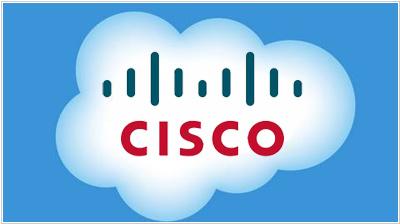Eric Knorr| Infoworld
Last week the OpenStack Summit in Portland, Ore., was the place to be in tech. The idea of creating a baseline open source platform for both public and private clouds has gathered huge momentum, attracting all manner of vendors, customers, developers, and hangers-on. In most sessions you had to fight for a seat, and the unmistakable whoosh of a new technology wave was in the air.
Major announcements featured the launch of RDO (Red Hat Distribution OpenStack) and HP’s integration of OpenStack into its private cloud solution, as well as the debut of Project Savanna, a deployment platform for Hadoop on OpenStack backed by Red Hat, Mirantis, and Hortonworks. But the implications of the OpenStack Summit go beyond press releases or even details of the latest Grizzly version of OpenStack released earlier this month.
Customers step forward
Perhaps the biggest deal was that several big enterprise customers were willing to talk about their OpenStack implementations for the first time. We already knew about eBay and PayPal, but OpenStack Foundation executive director Jonathan Bryce also introduced IT execs from Best Buy, Bloomberg, and Comcast, who unveiled their OpenStack deployments at the keynote.
Jim Curry, OpenStack co-founder and senior vice president at Rackspace, dubbed 2013 “the year of the user” (meaning operators, as opposed to developers) for OpenStack. He proudly introduced HubSpot, a marketing software vendor with thousands of server instances that has shifted a big chunk of its infrastructure from Amazon to OpenStack to gain greater control and efficiency.
Nonetheless, not even the most zealous proponent would claim that OpenStack has gone mainstream quite yet. According to results from the OpenStack Foundation’s own survey of 414 customers, 60 percent were in the information technology industry and another 15 percent were in academia or research. Corporate customers may be climbing aboard, but enterprise adoption is never quick.
Ultimately, the objective of OpenStack is a fully automated, standardized cloud infrastructure that enables workloads to be moved around among various OpenStack clouds. But I think another survey stat reveals a more immediate motivation for early adopters: 71 percent of the respondents are running OpenStack using Red Hat’s KVM hypervisor. Imagine the savings over VMware if you’re managing tens of thousands of VMs.
Vendors vie for position
The OpenStack Summit was also a sort of coming-out party for IBM, taking place on the heels of the company’s public commitment to base all private and public IBM cloud offerings on OpenStack. In hindsight, I believe my analysis of that announcement last month overstated IBM’s leadership role. Even though IBM is now the No. 3 contributor of code to the OpenStack project, this wave is too big for any one vendor to push one way or another.
Still, I found it significant that Angel Diaz, IBM’s vice president of software standards, open source, and cloud labs, used his session to state unequivocally that “IBM wants to make OpenStack the ubiquitous IaaS platform.” If nothing else, that statement promises some formidable marketing muscle.
I also find the stance of Rackspace, the cloud/hosting provider that started it all, fascinating. The basic proposition is as follows: We have the experience operating OpenStack at huge scale, so call on us to deploy and operate your OpenStack private cloud for you.
In a conversation with Rackspace’s Jim Curry and John Engates, I asked this question: So if a customer wants to outsource its cloud management, why wouldn’t it just turn to the public cloud instead? The reply: Putting your infrastructure in the public cloud doesn’t absolve you of having to maintain it, which is what Rackspace offers. Besides, if you’d prefer an OpenStack public cloud, Rackspace has one of those, too.













